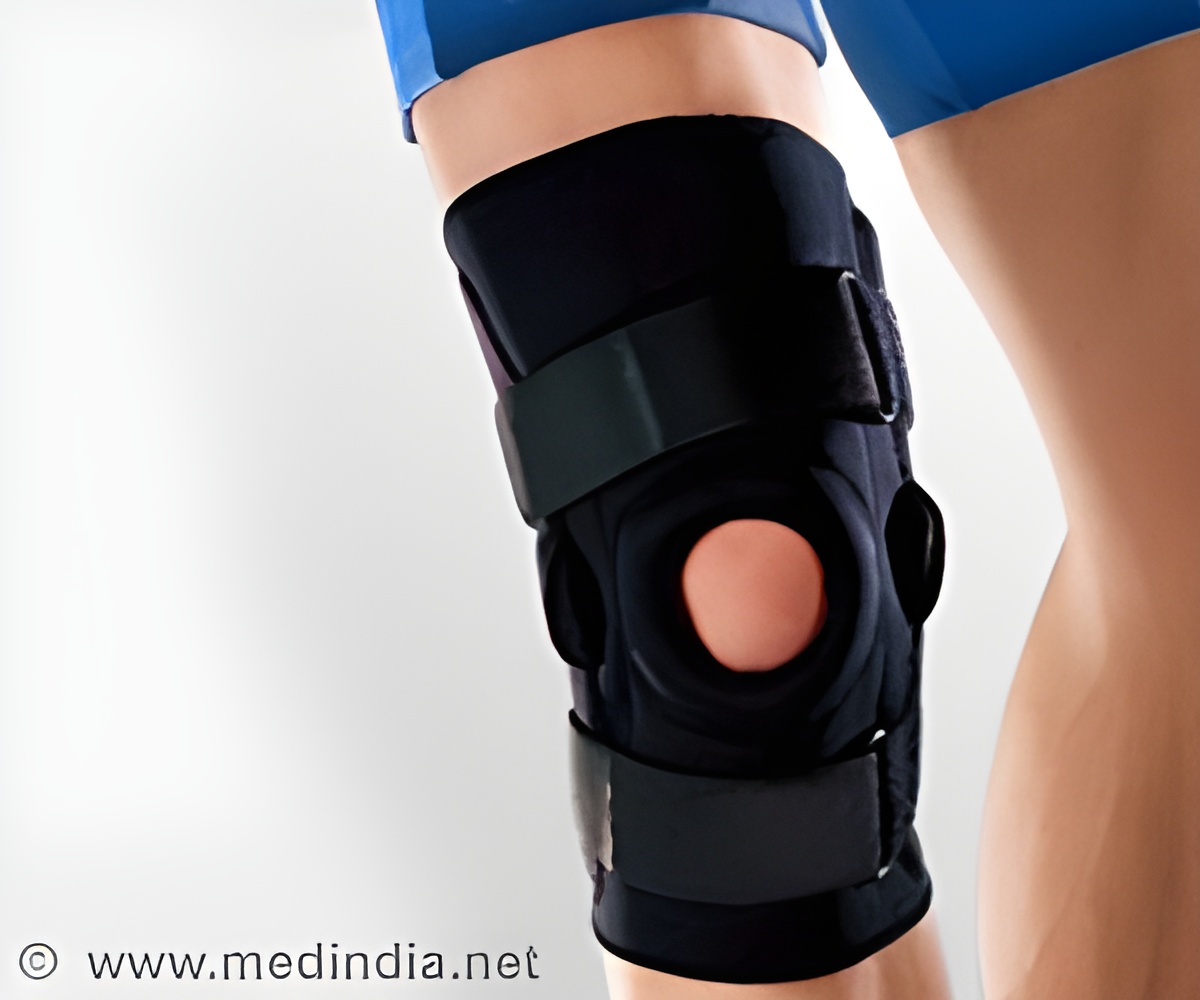Multiple factors affect the worsening of health-related quality of life, a subjective experience of one’s health, in people with knee osteoarthritis(OA).

‘Worsening of health-related quality of life was associated with several risk factors among people with knee osteoarthritis, reflecting the patient’s need for treatment.’
Read More..




Osteoarthritis (OA) is the most common type of arthritis and one of the most disabling diseases. While the root cause of osteoarthritis remains unknown, ageing, obesity and joint injuries have been found to be major risk factors. It is estimated that knee osteoarthritis affects more than 10% of individuals aged over 60 years. The societal burden is made up of different costs, for example, joint replacement surgeries, sickness benefits and disability pensions. At an individual level, joint pain, activity limitations and worsening of quality of life are major consequences of knee osteoarthritis. Health-related quality of life refers to subjective experience of one's health.Read More..
Several international studies have identified distinctive subgroups in the evolution of knee pain and also in the functional limitations experienced by persons with knee OA. The newly published study focused on changes in the health-related quality of life in individuals with mild or moderate knee OA as well as in individuals at an increased risk of knee OA. The researchers used group-based trajectory modelling to identify patient subgroups with similar change patterns in their quality of life. The study participants were classified into groups on the basis of changes occurring in their quality of life during an eight-year follow-up. The researchers also used statistical modelling to explore the associations of patient-specific risk factors, joint replacement surgeries and pain medication use with the health-related quality of life trajectory.
Four health-related quality of life trajectory groups were identified. 62.9% of the study participants belonged in the "no change" group that experienced no worsening in their quality of life. The quality of life worsened "slowly" in 17.1% of the study participants and "rapidly" in 9.5%, while 10.4% experienced their quality of life as "improving".
Female gender, higher body mass index, smoking, knee pain and lower income at baseline were associated with rapidly worsening quality of life. During the follow-up, 8.2% of the study participants in the rapidly worsening group, and 4.8% in the slowly worsening group underwent joint replacement surgery. In the "no change" group, the percentage was as low as 1.4%.
Furthermore, the use of pain medications was lowest in the "no change" group, where 22-32% of the participants reported pain medication use. In other groups, 29-45% of the participants reported pain medication use.
Advertisement
Data used in the study were obtained from the Osteoarthritis Initiative (OAI) database. The OAI is a longitudinal cohort study on knee OA, hosted by the US National Institutes of Health: https://data-archive.nimh.nih.gov/oai/.
Advertisement













